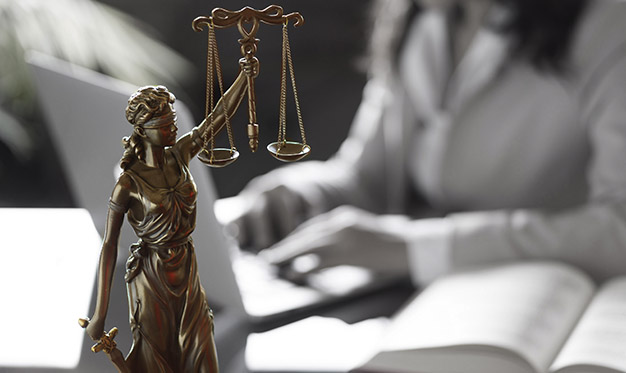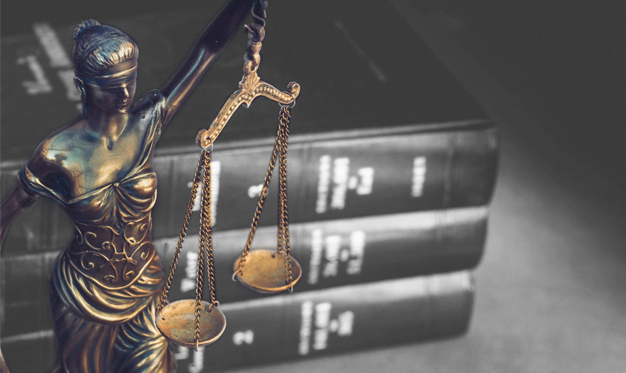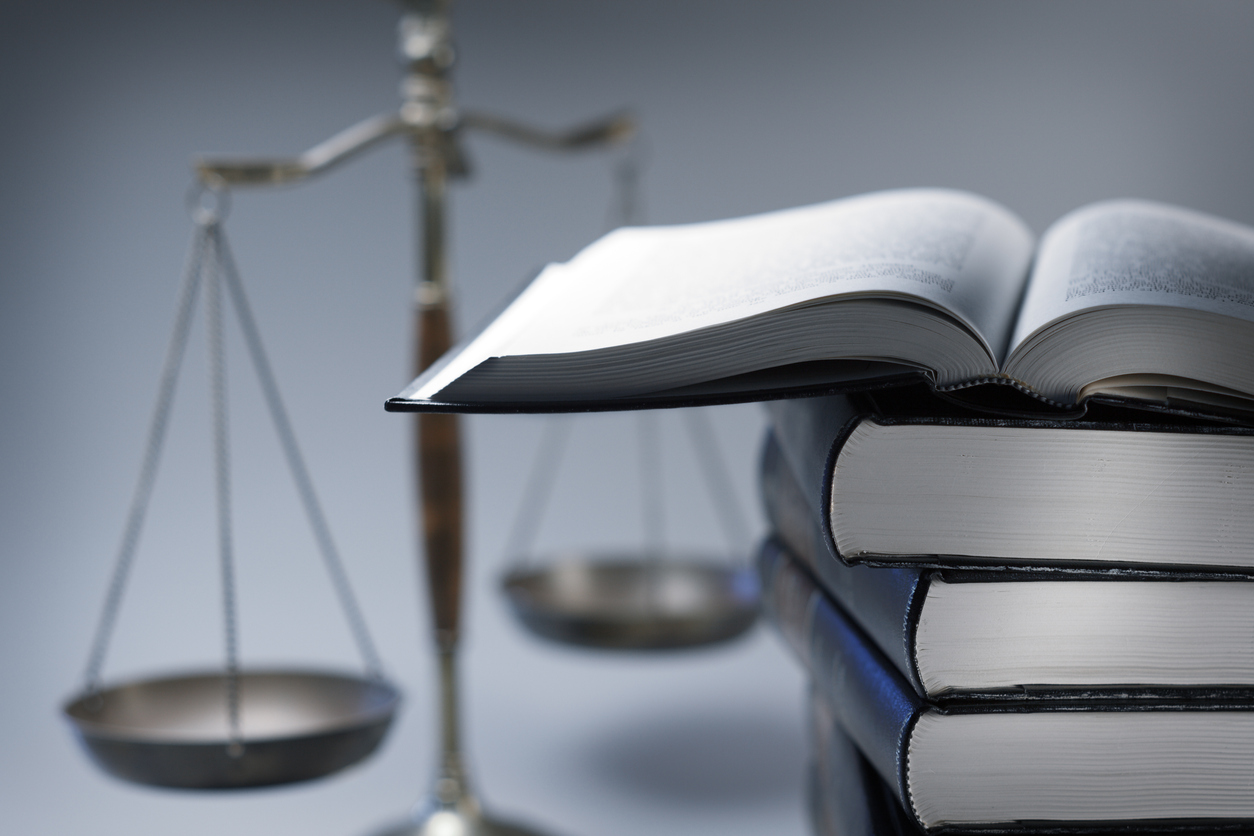It’s happened. You find your company is facing the business end of a class action lawsuit. Perhaps this stemmed from your product not meeting customers’ expectations or maybe there are allegations that your product is not performing as advertised.
Now what?
Your attorneys will be positioned to guide you along the way, but generally, there are a few points to understand. In general terms, a class action is a lawsuit brought by a group, or “class”, and is generally led by one plaintiff. The carriage of the case is typically by one law firm but sometimes co-counsel for other participants of the class, also known as “members”, are involved. A class action suit is generally brought against a single defendant. Essentially, a class action works as a procedural device, permitting one or more plaintiffs to file and prosecute a lawsuit on behalf of a larger group. The crux of the class action is likely the economic damages rather than specific performance or some other contractual requirement.
Many of the cases we have worked on involve some form of consumer advocacy firm wherein additional monies were spent by consumers on products because the products were purported and advertised to have certain benefits. However, once testing was performed, it was determined that the products did not, in fact, provide the advertised benefits. Because members of the plaintiff class paid more for each product, maybe a few dollars in each transaction, the defendant was unjustly enriched by selling the product at a premium compared to competing products.
Because economic damages are at the center of most class action lawsuits, you and your attorneys should consider engaging an economic expert early in the process.
Certification Phase:
In order for a class action lawsuit to move forward to the economic damages phase, the case must first be certified by the court. The certification process has several criteria which include:
- Numerosity – the quantity of class members must be so great that requiring them all to be present in court is impractical.
- Commonality – there must be a common question of law or fact for each member of the class.
- Typicality – claims or defenses of the named plaintiffs are typical to all class members.
- Adequacy – named plaintiffs must fairly and adequately represent the interests of all class members.
In general terms, for the class to be certified, each plaintiff should have been harmed similarly and their damages be capable of being calculated consistently. For a plaintiff class with hundreds or thousands of members, it would not be appropriate or reasonable for the damages claim to be determined on a per member basis. There should be a consistent approach to measure damages and that approach should, generally, be applicable to all class members.
The economic damage expert can assist the defense during the certification phase in several ways. If retained early on, your economic damage expert has the opportunity to evaluate the plaintiff expert’s methodology for errors and opine on other potential weaknesses in the plaintiff expert’s methodology. The weaknesses might relate to whether the methodology chosen by the plaintiff expert can accurately be applied to each consumer in the class. “How many other products did each consumer have to choose from when the product in question was purchased?” “How much was paid for the product in question and how does that cost compare to other, competing products available when the purchase was made?” These questions are virtually unanswerable unless each consumer is interviewed. Each transaction could involve specifics, making calculations presented by the plaintiff challengeable and potentially construed as not satisfying the typicality criteria.
In addition to highlighting the weaknesses or errors in the methodology utilized by the member class, economic damage experts can assist in the certification phase as either a consulting or testifying expert. Your expert could act as a consulting expert during the certification phase and then move toward a testifying expert if and when the case moves into the damages phase. In doing so, the expert can remain “behind the scenes” during the process of certifying the case without potentially jeopardizing the damages portion of the case. The expert can assist counsel in terms of strategy and ensure that the purported consistent and systematic application of the damages methodology is correct, free from errors, and meets the requirements for class certification.
It is during the certification phase that the plaintiff class must prove, or reasonably support, that each class member is affected similarly and consistently. In order to accomplish this, the plaintiff expert will likely develop methodologies to show the court how this can be done. At this point there can be overlap with the damages phase. If the case passes certification, it is likely the same methodology presented by the plaintiff as acceptable and applicable during the certification phase will be presented during the damages phase. The hope, from the defense’s perspective, is that the methodology will fall short and not provide the levels of calculable detail as suggested in the certification phase.
Damages Phase:
Although the analysis and damage measurement methodologies are purported to be possible in the certification phase, it is in the damages phase where the “proof is in the pudding.” In simple terms, the certification phase is the time for the member class to purport to the court what can be done and the defense expert to explain why it cannot be done. As we shift into the damages phase, it is the time to actually do what the plaintiff expert said could be done. It is up to the expert for the defense to show the limitations in the methodology, illustrating how the transactions are too vast or the specifics of each consumer too varied to be applied systematically to each member.
The benefit of having retained your economic damage expert early in the certification phase, is that much of the work done during certification can now be implemented in the damages phase. The counterpoints and alternate analyses prepared to refute the plaintiff expert during the certification phase are generally relevant and applicable in the damages phase. Much of the economic damage work in a class action suit occurs during the certification phase of a case instead of the damages phase.
If a case has been certified, the court has already opined that there is enough evidence and each of the four criteria outlined were met. To the layman, this might suggest that the court has agreed that some form of wrongdoing by the defendant has occurred. At this point, all that remains is to determine how much. Although the economic expert can certainly help during the damages phase, ideally it is during the certification phase where much of the groundwork for the measurement of damages is laid and the counterpoints to the plaintiff’s methodology are highlighted.
Economic damages are at the center of most class action lawsuits. Next time consider engaging an economic damage expert early in the process. Your economic expert can provide valuable analyses to assist with refuting the claims made against you and provide insight into the methodologies presented by the plaintiff expert. Engaging your economic expert early may even help save you money in the long run.
By David Elmore. Published in the USLAW magazine – April 2016.
The statements or comments contained within this article are based on the author’s own knowledge and experience and do not necessarily represent those of the firm, other partners, our clients, or other business partners.













